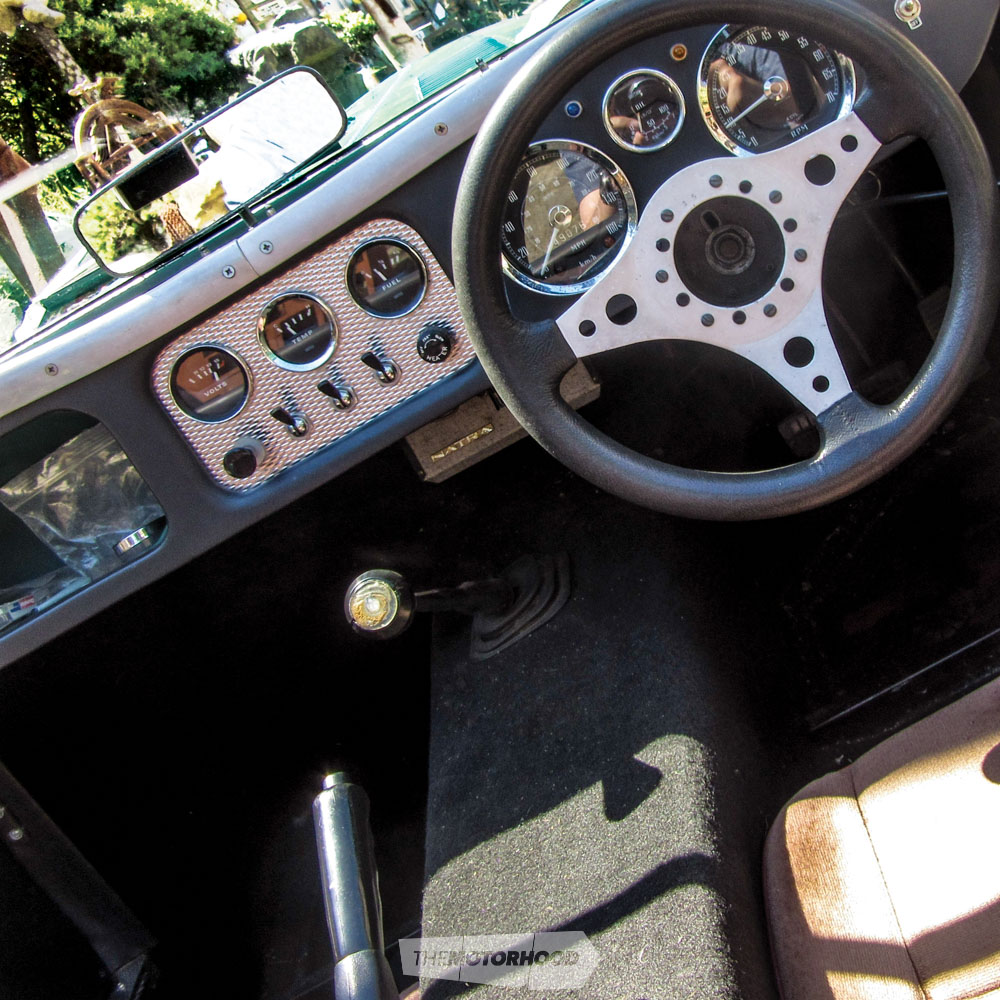Naturally, there will always be things to tinker with, but, for now, Brian is more than happy to be out on the road, enjoying the countryside
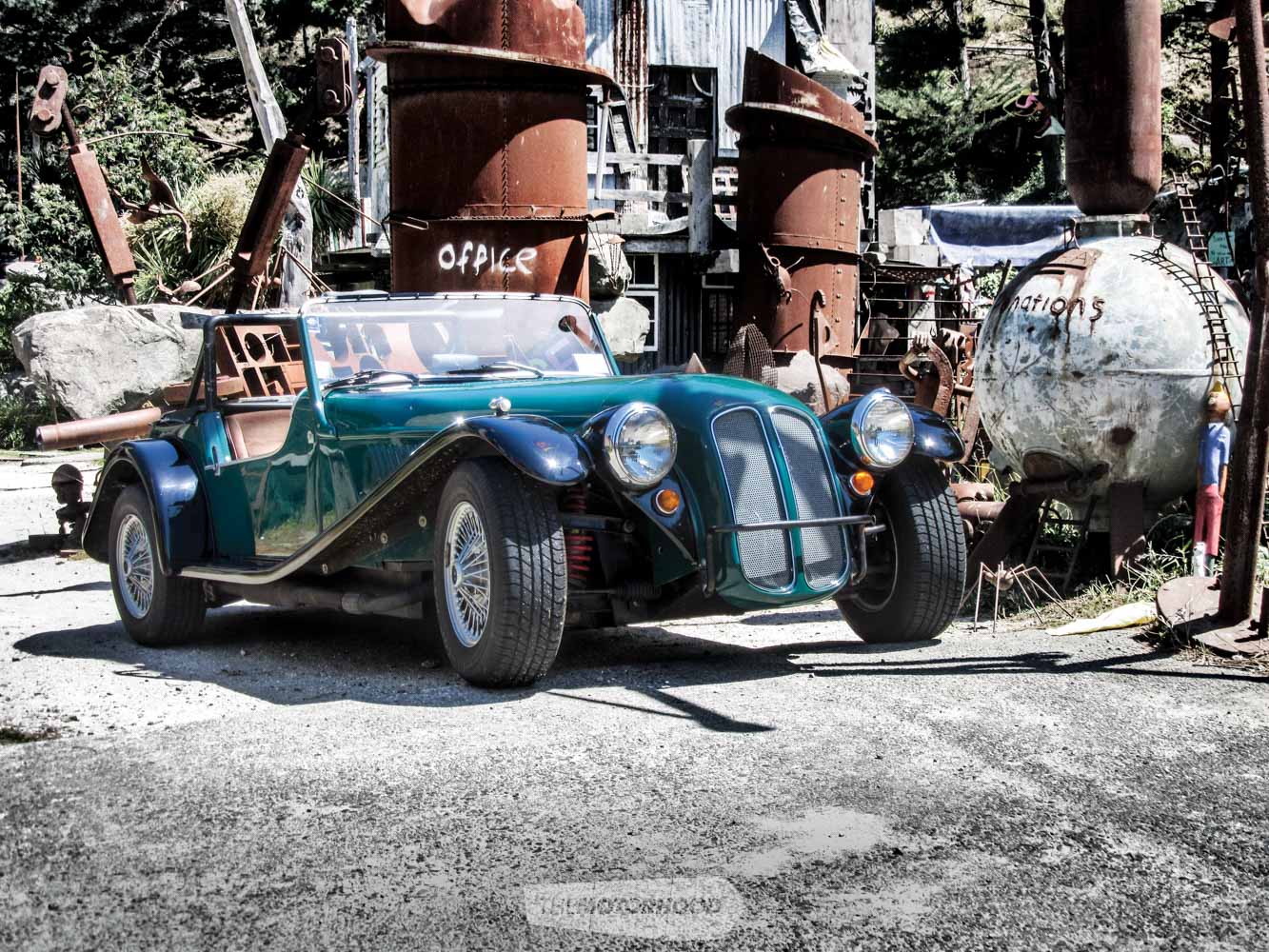
The best way to describe Brian Main is as an artist who happens to have a passion for classic cars. Over the years, he has owned many, including a couple of Elan Plus 2s, lots of Citroëns, and even an Alvis Grey Lady. He once purchased an MGB roadster as a trailer-load of parts that was then carefully rebuilt. Other projects have been a Morris 8 sports special, upgraded with modern Ford parts, and a Triumph Herald chassis rebuilt with a beautiful all-alloy body as a ’30s roadster. A highlight was when a 1951 Sunbeam Talbot that he had restored won a cup for the best Talbot in New Zealand.
With this pedigree behind him, it is no surprise that Brian bought one of the many unique cars built by Jim Bennett of Dunedin. While Jim has a reputation for restoring and modifying cars, he is perhaps best known for his Furis. These cars were built from the ground up using parts that other people would have no use for. The chassis of many of his cars are inspired by the Lotus Elan, which is basically a strong central backbone with outriggers to hold important bits like the suspension in place.
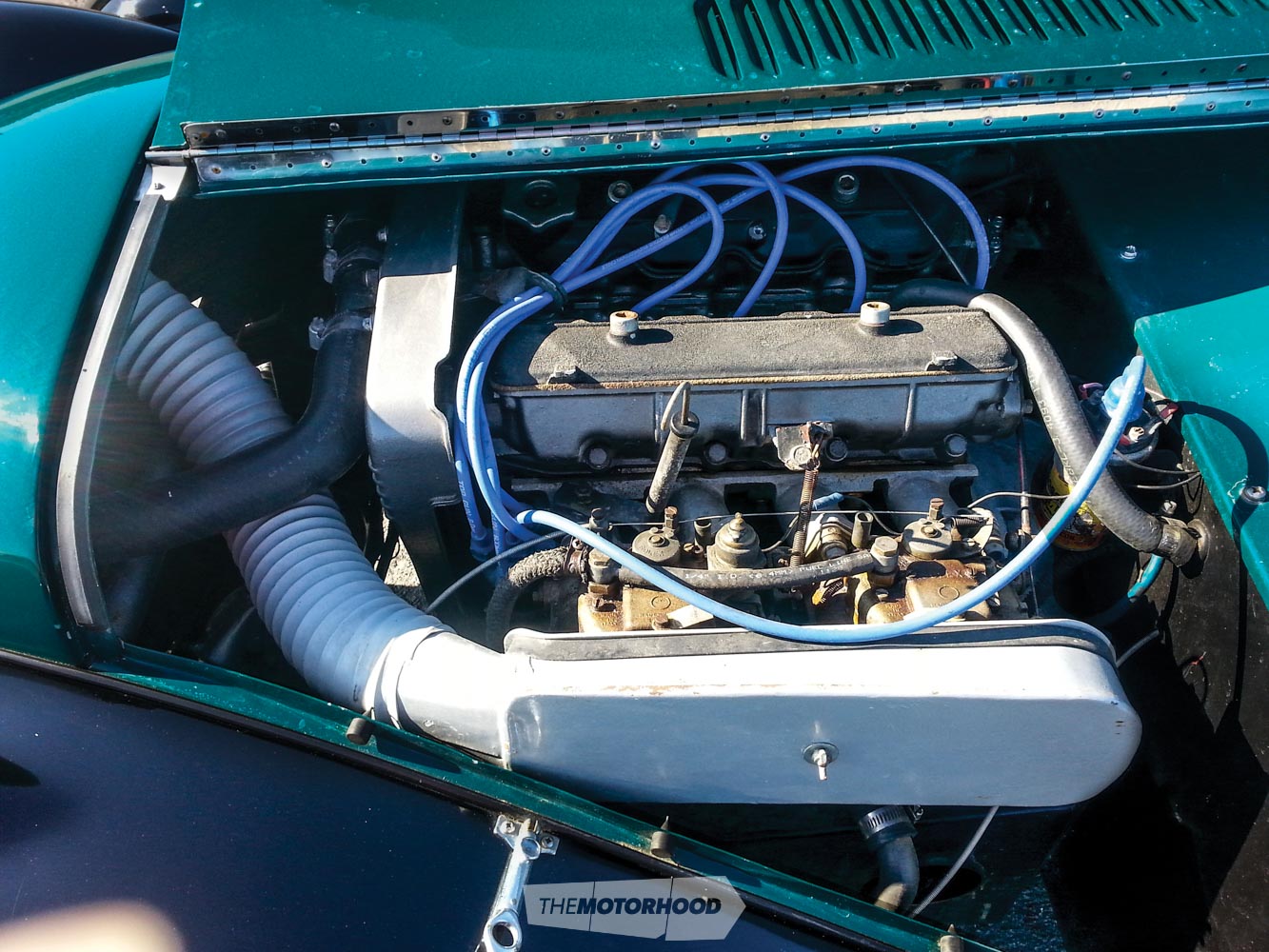
Number seven
Brian’s car is Furi number seven, and is one of about 16 scratch-built cars completed by Jim. One of the most interesting of these, at least in my opinion, is Furi number 13, which was a replica of a Morgan. Many will probably wonder what was so interesting about that. Well, it was built to half scale and powered by a 12-volt wheelchair motor so that Jim’s grandchildren could drive it.
Furi number seven was well known on the Dunedin racing circuit. To make it more competitive, Jim added a supercharger to the little Fiat motor, and this proved to be more than adequate — so much so that, unfortunately, when Brian bought the car in 1994, Jim decided to keep the supercharger for a future project. In spite of this, the car still appealed to Brian, as the Furi was not a kit car but a one-off special. He liked the fact that it had a lot of individual parts that had been handmade by Jim.
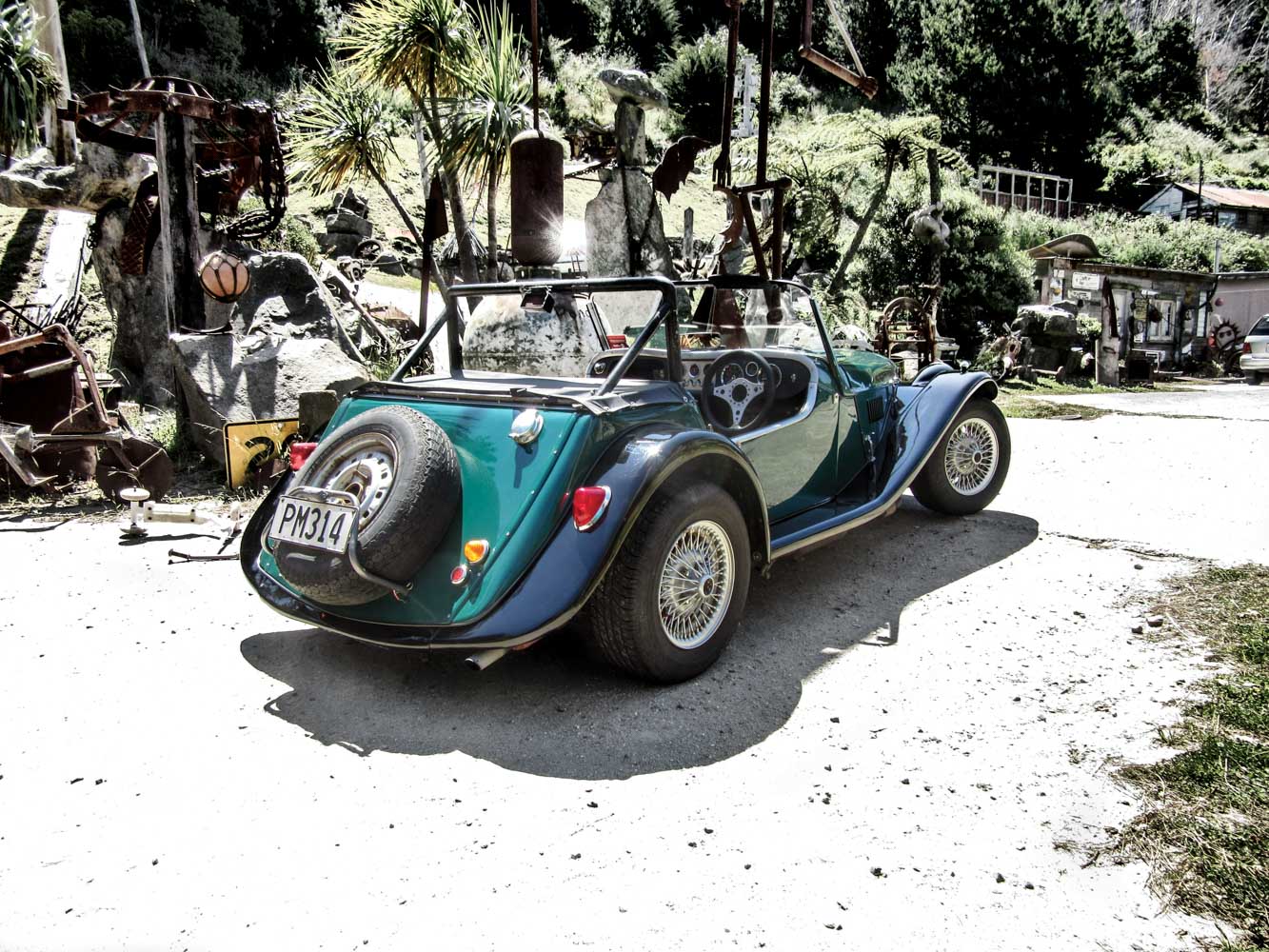
The car weighs only about 550kg, so the standard Fiat 1600, mated to a five-speed Celica box, was very adequate for commuting around Wellington. So much so that Brian used it as his everyday car for the next eight years. Not having a garage, it spent its nights parked on a Newtown street, where the only damage it suffered was a ding to the front due to a neighbour’s bad parking skills.
For some reason, Jim opted to not install a radiator fan on this car, and this became a constant niggle and caused some concern to Brian in Wellington’s occasional stop-go traffic. Although it never overheated, some days, the temperature gauge behaved like an elevator needle.
Protection from inclement weather, unless it was seriously raining, never extended further than a tonneau cover and a woolly hat — if you are not impressed by this, clearly you have never driven in Wellington on a wild and wet day. A leather jacket was the only supplementation that Brian was prepared to add to the hat; anything else would have been considered a little bit wimpish.
During this time, Brian started making a list of the jobs he would have to do to get the car back into pristine condition.
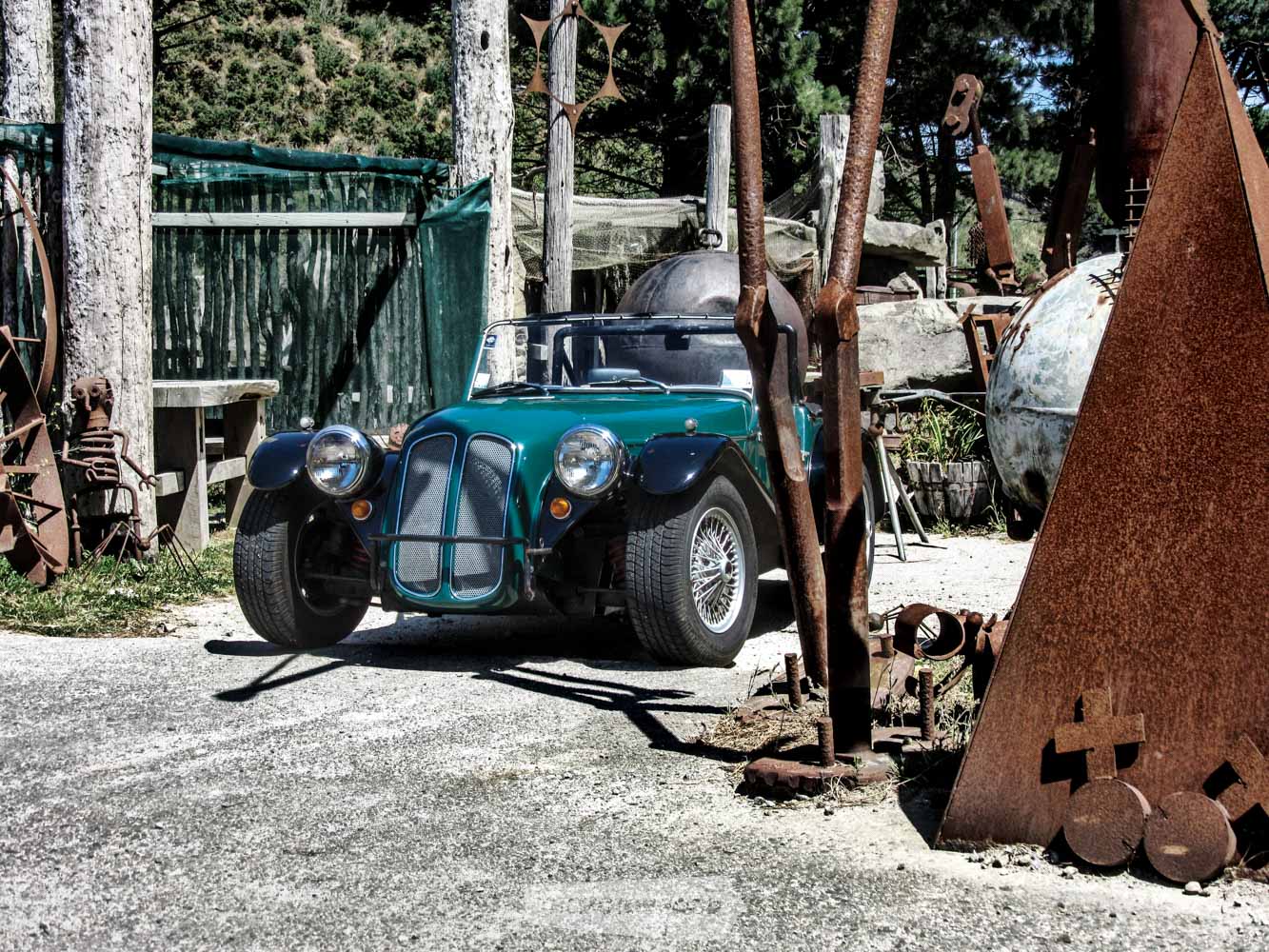
The first thing to go was most of the body. Brian replaced the fibreglass bits such as the scuttle and front-opening bonnet with handmade aluminium versions of the same.
Makeover
By 2005, Brian’s circumstances had changed. Once again, he had a reasonable-sized garage, so he decided to tackle the items on his now-extensive list. These were crossed off by doing a chassis-up rebuild. The first thing to go was most of the body. Brian replaced the fibreglass bits such as the scuttle and front-opening bonnet with handmade aluminium versions of the same. The new bonnet was raised and hinged in the middle to bring it in line with classic ’30s-style cars. The doors were given a deeper curve and re-skinned in aluminium, as the old doors were deemed to be too flat looking. The boot was raked on a steeper angle, with a curved lip at the bottom to give the car the illusion of speed even when stationary. The new aluminium nose cone was given a split grille reminiscent of earlier BMW sports cars, while an original Morris Marina dashboard was tossed out and a new, more period-looking Smiths system was installed. One job that was of a high priority was the installation of a new electric radiator fan.
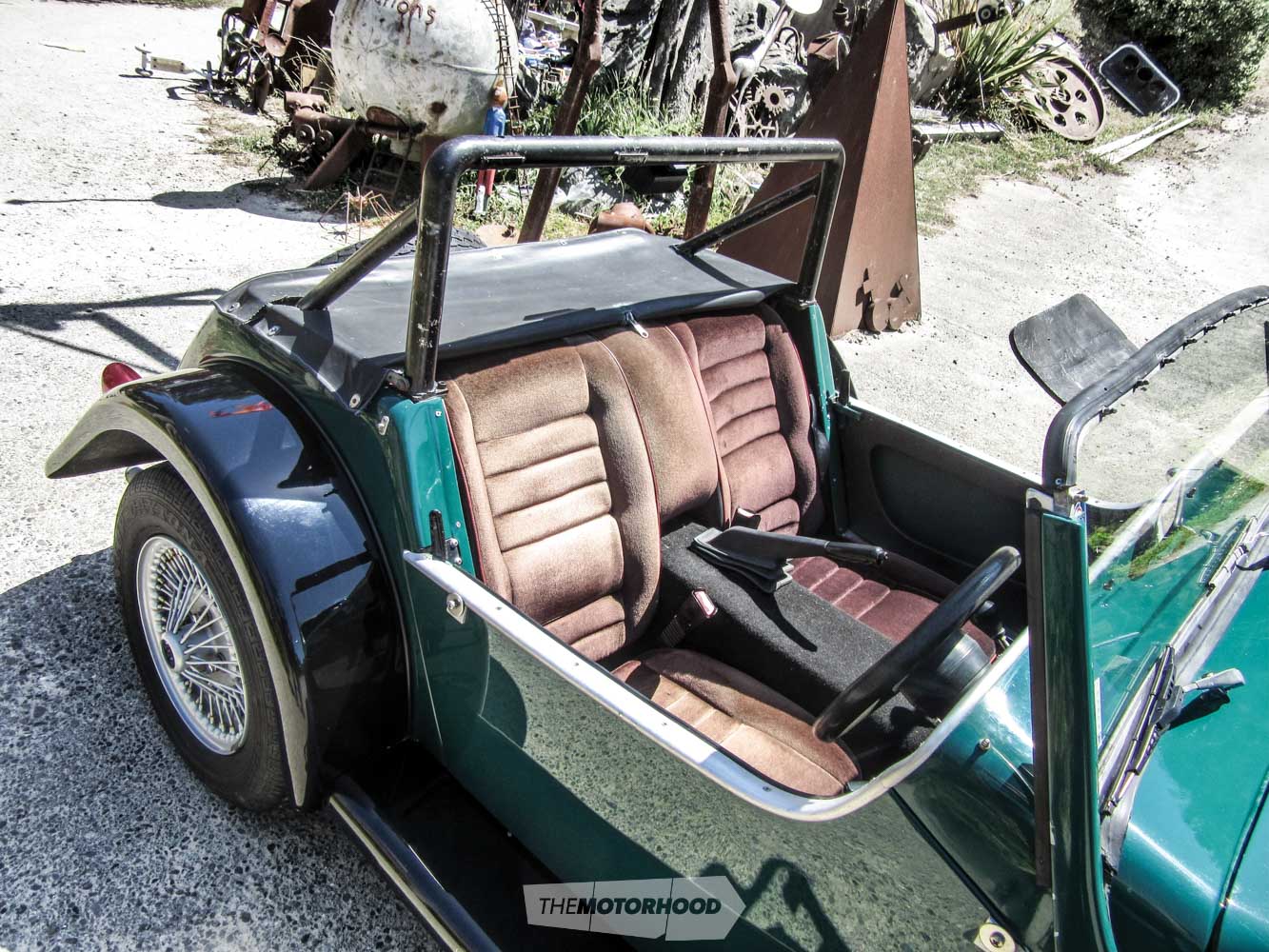
To get back some of the performance that the car used to have with the supercharger, the single carburettor was thrown away and replaced with not one but two twin-choke Stromberg carburettors from an Alfa Romeo. A supercharger is still on the to-do list, but this will have to wait until a suitably priced one falls into his lap. The steering had always been a bit of a challenge, as the car displayed a fondness for bump-steer with more than a little bit of twitchiness. This was fixed using the time-honoured method of trial and error, with quite a bit of error followed by more trials until the car reached the point where it was quite predictable for round-town driving.
The mudguards and running boards were two of the last items to be fitted, as the originals were damaged and very tacky looking. Not wanting to spend too long worrying about issues of symmetry and knowing the time it would take to make them by hand, Brian went to kit-car-maker Almac of Upper Hutt. Almac was able to use the originals — which remind Brian of the early MG TD — as a pattern to reproduce a set of fibreglass integral mudguards and running boards. The original Ford Rostyle wheels were replaced with genuine wire wheels. With the car finally looking the part, the last job left to do was the repainting.
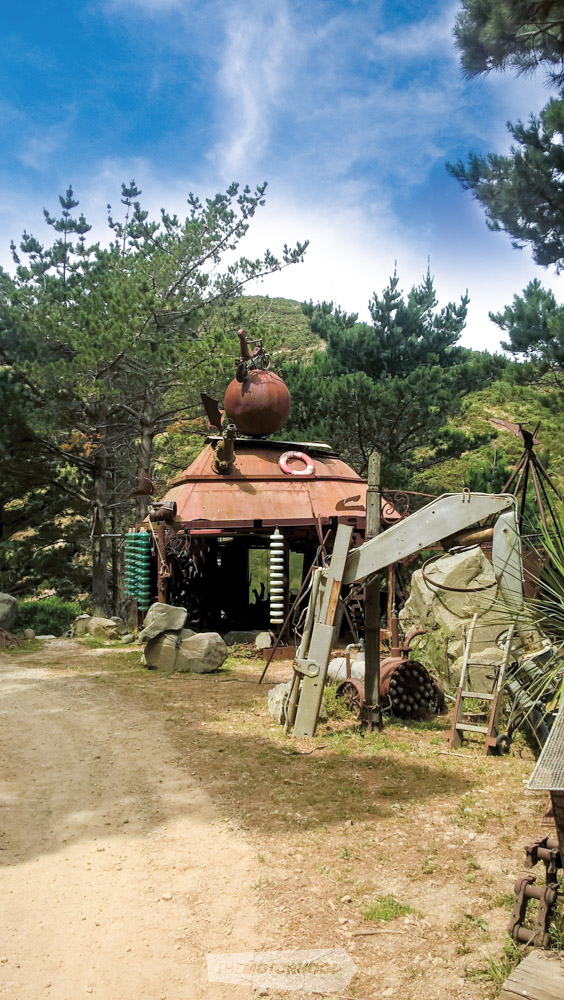
These photos were taken at Carlucci Land, which is, appropriately, situated in Happy Valley, Wellington
Sunny days
The entire rebuild took just nine months to complete. These days, the car is safely garaged and driven on sunny days, although Brian insists that he is not getting soft. He says that Wellington is the ideal place to drive this little sports car, as there are plenty of bendy, twisting roads, with country roads less than 10 minutes away in any direction. The Furi, with its good power-to-weight ratio, is a nimble and quick car to drive.
Naturally, there will always be things to tinker with, but, for now, Brian is more than happy to be out on the road, enjoying the countryside and the unique fun that this style of car provides.


